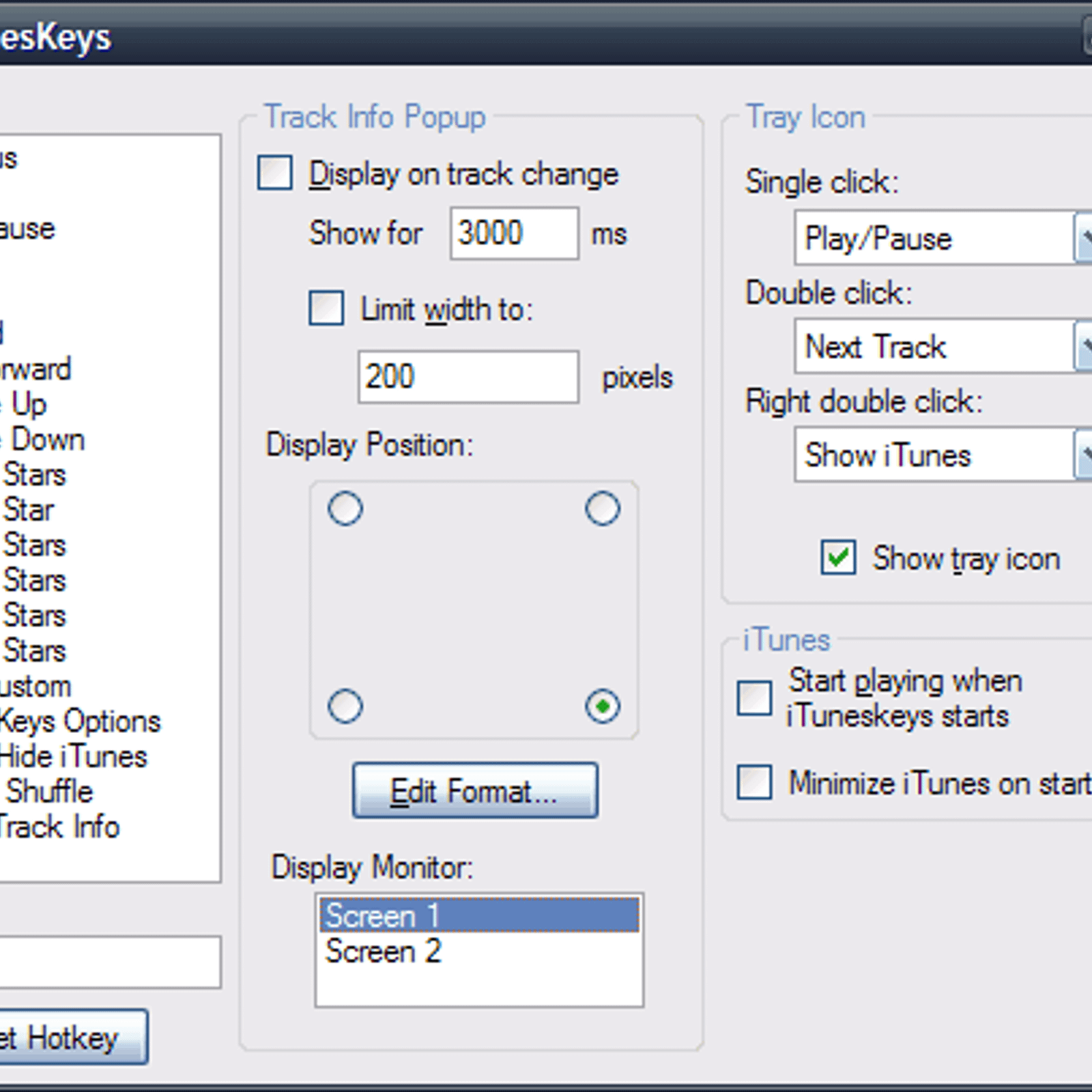A key signature is the pattern of sharp, flat, or natural symbols placed together on the staff at the beginning of a piece of music, representing the composer's set of instructions about the piece's key, the notes that the musician needs to use to perform the piece. The key signature is made up of accidentals—sharps and flats—which are located to the right of the clef, and to the left of the time signature. The presence of a flat on the staff means that that note needs to be played flat whenever it appears in the music—at least until the composer shifts key signatures. Play free poker games on line.
Enter SizzlingKeys. It's free software, with a $5 Pro edition. SizzlingKeys installs as a System Preference. It also lets you set Play and Pause keyboard shortcuts. CMS Made Simple offers an easy to use interface for end users, while maintaining a powerful backend for developers. With an extensive API combined with the Smarty templating engine, custom modules and tags are a breeze. 1 st edition (December 2006), 2 nd edition (December 2008), 3 rd edition (June 2011), 4 th edition (December 2012) and 5 th edition (Part 3, December 2015; and Parts 1 & 4, December 2016) This Standard defines Office Open XML's vocabularies and document representation and packaging.
Key signatures have either flats or sharps—never both—and the number of sharps or flats only ever ranges from zero to seven. The keys of C Major and A Minor are keys which have no accidentals; C-Sharp major has seven sharps and C-Flat Major has seven flats.
Sizzlingkeys 5 1 4 0
Key Signatures 7zip for ma.
Sources: Screens 4 3 7 for mac crack download.

Sizzlingkeys 5 1 4 Equals

Sizzlingkeys 5 1 4 Equals
Sizzlingkeys 5 1 4 X 2
- Cogswell A. 2002. Key signatures: do we teach them 'backside-to-the-front'? American Music Teacher 52(3):39-40.
- Johnson CM. 2001. Functions of Number Theory in Music. The Mathematics Teacher 94(8):700-707.
